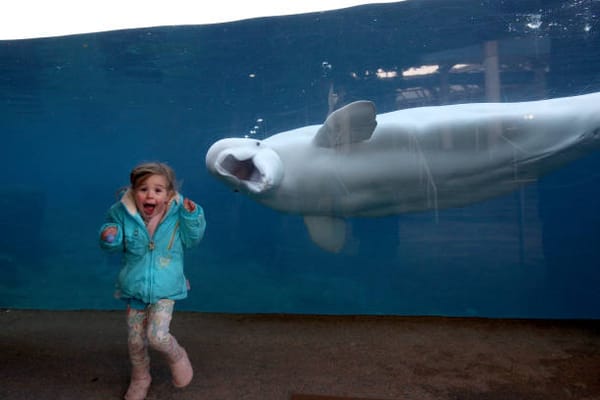Are Humans still Evolving?

What if the answer to 'Who are we?' is still being written?"
This simple question, posed by philosopher Jean-Paul Sartre, indeed sparks the inner quest to learn more and more about oneself. It reminds us that identity isn't a static, fixed thing; it's dynamic. And if we zoom out, it also applies to humanity. Are we, as a species, still evolving? Have we reached the apex of our evolutionary journey, or are we just getting started?
Oh The Story So Far: How Humans Evolved

When we backtrack a little, we would see the human evolution is the tale of how we changed over millions of years, starting with small, tree-dwelling ancestors. As time passed, hominins like Australopithecus adapted to walking upright. This led to Homo habilis, the first to make basic tools, and Homo erectus, who mastered fire and built more advanced tools. Around 300,000 years ago, Homo sapiens emerged, with larger brains and really complex social behaviors. These abilities helped us spread across the globe, leading to the diverse cultures and societies we see today.
From the first spark of fire to the invention of agriculture, humans constantly adapted to their surroundings. Our brains grew larger, and our bodies changed to support our increasing intelligence. But, here’s the thing: it’s easy to think we’ve evolved into the "final" version of humanity, as though evolution is a story that has reached its last chapter.
But is it?
Are We Still Evolving Today?

Evolution is itself evolving. Even though it is contrary to what one might think given our achievements as a dominant species, we are still evolving. In fact, we’re not just living in a world of past adaptations; we’re continuously evolving in response to modern challenges. This may sound like science fiction, but it's the truth.
Take lactose tolerance as an example. Thousands of years ago, humans could only drink milk during infancy. But in populations that domesticated animals, something extraordinary happened: a genetic mutation emerged, allowing adults to digest milk. Today, around 70% of the world’s population can process lactose, a trait that’s still evolving.
But wait, it gets more interesting.
The Subtle Evidence of Evolution in Us

Recent studies are showing that human evolution is happening faster than ever before, but it’s not the kind of evolution we’re used to seeing. It’s not about growing bigger muscles or sprouting new body parts—it’s happening at the genetic and behavioral levels.
For instance, research has shown that infant skulls are changing. A study published in the Journal of Anatomy in 2015 revealed that over the past century, human skulls have been evolving, with infants now being born with slightly larger heads. This may seem like a small detail, but it’s a sign that our cranial capacity is still on the move—perhaps a response to the increasing demands of our brains and the role of culture in shaping the way we think and learn.
Interestingly, the shape of human skulls has also been affected by changes in birthing practices. With the rise of cesarean sections, which allow for safer deliveries, there’s evidence that babies are being born with more rounded skulls—another subtle marker of evolution at work. This change could be influencing the future development of human cranial structures.
Moreover, modern medicine and technology are influencing our evolution, too. Conditions that once would’ve led to death are now manageable, which means those who carry genes for certain genetic diseases may still pass those genes on to the next generation. So while we’re surviving longer, we’re also carrying genetic markers that might have been selected against in the past.
The Accelerating Pace of Evolution

Take resistance to diseases like malaria and tuberculosis—The pressures of modern life—new diseases, environmental stressors, and technological advancements—are forcing rapid changes. In fact, geneticists have found evidence of natural selection occurring in real time.
For example, populations living in malaria-endemic regions have developed genetic mutations, such as sickle cell trait, that protect against the disease. Malaria continues to drive genetic evolution in these populations, and similar adaptations are happening today in response to diseases like tuberculosis and HIV. These changes are happening faster than we can see, but they’re a clear sign that human evolution is far from over.
So, What Does the Future Hold?
Here’s the thing: evolution isn’t a one-time event. If anything, it’s just adapting to the world we’ve created for ourselves. Whether through genetic mutations or behavioral shifts, we’re evolving not at the dramatic pace of our ancestors, but at a pace that fits the complexities of modern life.
However, this begs a bigger question. If we’re still evolving, what could that evolution look like in the future? Could humans evolve in ways that defy our current understanding of biology? Could we reach a point where human life is no longer constrained by the limits of our bodies?
If we can evolve to adapt to our environment, could we someday evolve to defy it entirely?
But that’s a story for another time…



